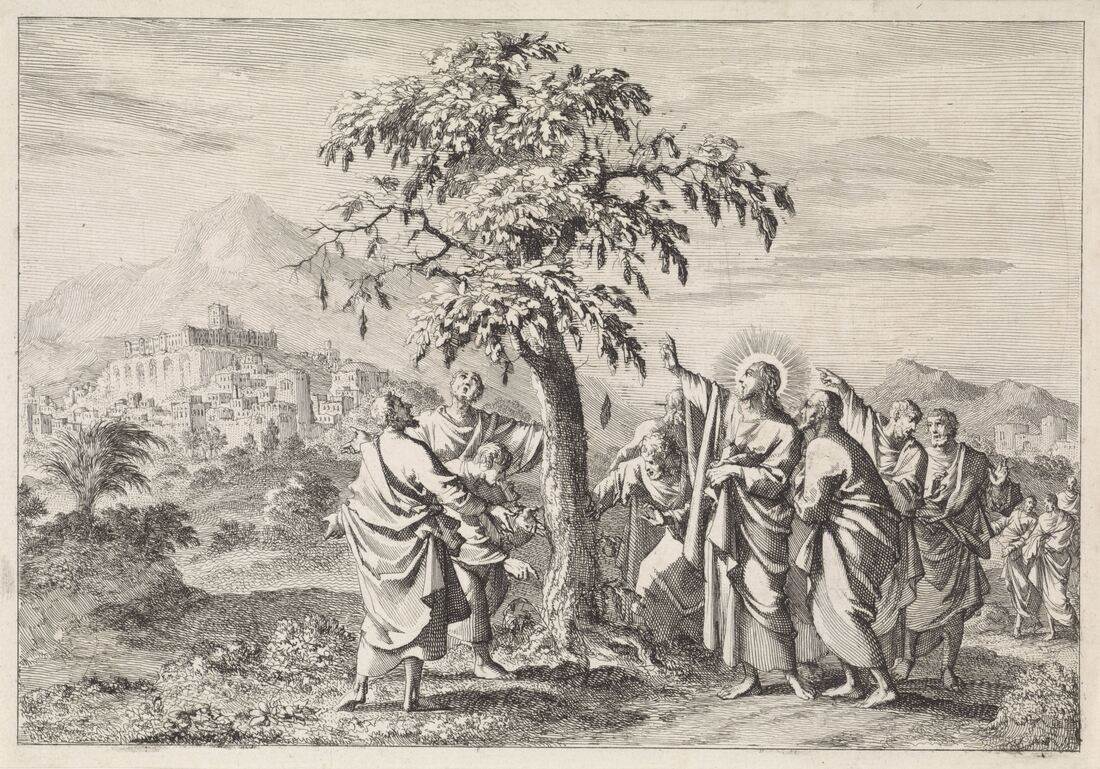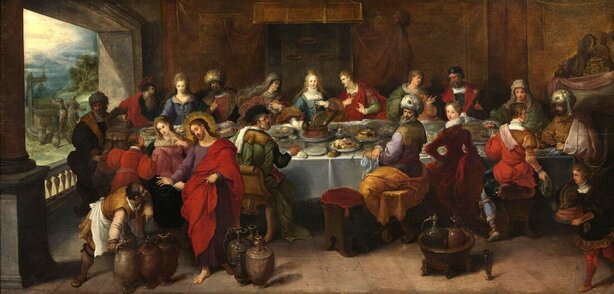|
|
AuthorFr. Jacob Bearer is a Catholic priest. He's about 6' to 6'4'' tall depending on which Convenient Store he's exiting. Although he enjoys kidney beans in chili, Fr. Jacob does not like baked beans and counts this as one of the toughest blotches on his character. He's been the administrator of SS. Edward's and Lucy's since January of 2022. Thank God for the Hatchery...this is a place where the author can share thoughts and ideas that don't quite seem right for the bulletin and won't exactly make for a homily (except for the times when the homily is posted with a sound file or used for a blog post). God bless you...and the hatchery. Archives
July 2024
Categories |



 RSS Feed
RSS Feed